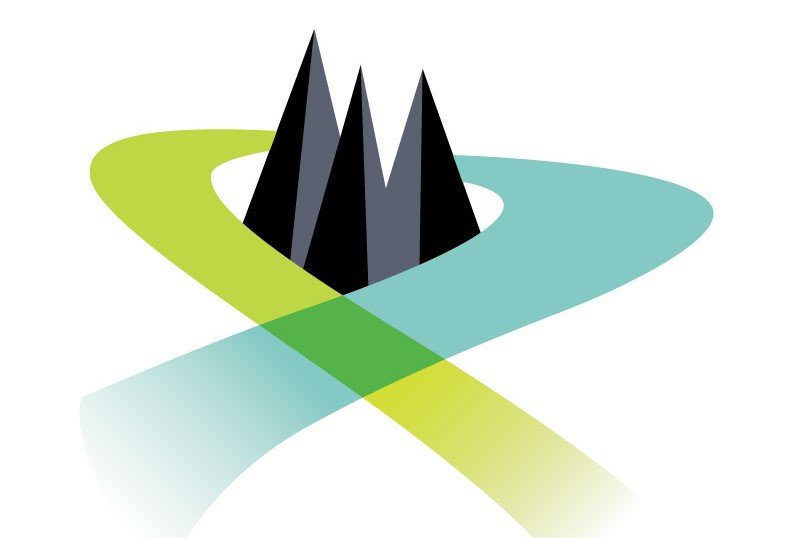
Since 2005, WSD has been held every four years and is the most prestigious exhibition globally of theater design by individual designers.
wsd2021.ca
Calgary, Alberta, Canada


WSD 2013 featured performance design from some of the world’s most prolific theater designers, alongside a full program of over 100 events hosted by leading industry experts.
wsd2013.com
Cardiff, Wales, United Kingdom

Community Engagement Initiatives
WSD 2022 has several initiatives to engage underserved populations. In particular, they are focusing on Indigenous Artists and Indigenous Youth. WSD has received $25,000 CAD to support the participation of Indigenous Artists at this year's 10-day exhibition/conference and will provide paid internships for Indigenous Youth in particular.
Audience Inclusion Program
WSD is also partnering with Inside Out, an organization in Calgary that works to open up the theater going experience by facilitating accessible performances. Inside Out assists with providing support for theaters to offer hearing assistance devices, ASL translation, and sensory-reduced performances for special needs audience members.
Inside Out Theatre | "The Good Host Program"
Photo Credit: Flickr

Diverse Programming
The WSD planning committee has been inspired by the landscape of the region, and has crafted the “Three Sisters of Scenofest”. Like the base of the Three Sisters Mountain (the name and stories originating with the Stoney Nakoda First Nation) the coming together of the WSD Three Sisters will be a fertile and lively place which will center: Indigenous Ways of Knowing; Eco-scenography; and Multiple Realities.
Indigenous Ways of Knowing — Saakokoto, a Blackfoot Elder and member of the Blood Tribe, has graciously agreed to be the knowledge keeper for Scenofest. WSD will work with Elder Saakokoto to offer opportunities for professionals and students to explore the beautiful landscape in Southern Alberta and to learn more about the Blackfoot ways of living in Mohkinstsis - how interaction with land, landscape and storytelling have meaning for cultures of today.
Eco-scenography — Coined by Tanja Beer, the term ‘ecoscenograpy’, conjures ideas of ecology, economy, landscape, scenographic theory, and possibility. Beer’s theories of ecoscenograpy are rooted in aesthetic thinking and hopeful approaches to the creation of performance.
Multiple Realities — The Sustainable Theatre Project (STP) will be a central part of Scenofest activities on the Main Campus of UCalgary. STP may host an Indigenous Ceremony or performance to engage creators and audiences alike in cultural realities explored through digital expression.
World Stage Design | Scenofest
Photo Credit: Flickr

Territorial Acknowledgement
The University of Calgary acknowledges the traditional territories of the people of the Treaty 7 lands, which includes the Blackfoot Confederacy (comprising the Siksika, Piikani, and Kainai First Nations), as well as the Tsuut’ina First Nation, and the Stoney Nakoda (including the Chiniki, Bearspaw, and Wesley First Nations). The City of Calgary is also home to Métis Nation of Alberta, Region 3.
Office of Indigenous Engagement | Cultural Protocol
Photo Credit: Flickr





